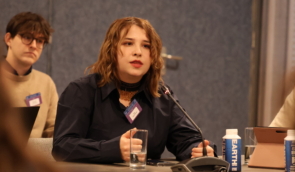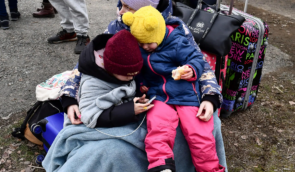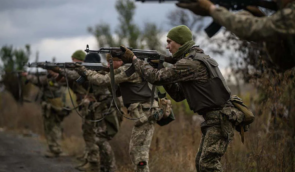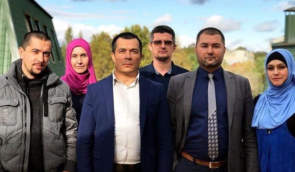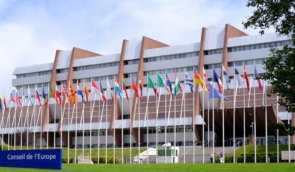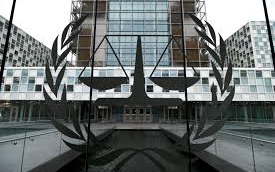Losses that cannot be forgotten: ZMINA presented a memorial report on the murdered activists and journalists
The Human Rights Centre ZMINA presented Ukraine’s first memorial report in memory of the victims of Russian aggression, “Losses of Civil Society and Media Over Three Years of Russia’s Full- Scale Invasion of Ukraine”. As of the end of 2024, at least 121 activists, volunteers, human rights defenders and journalists have been killed as a result of Russia’s full-scale aggression against Ukraine.
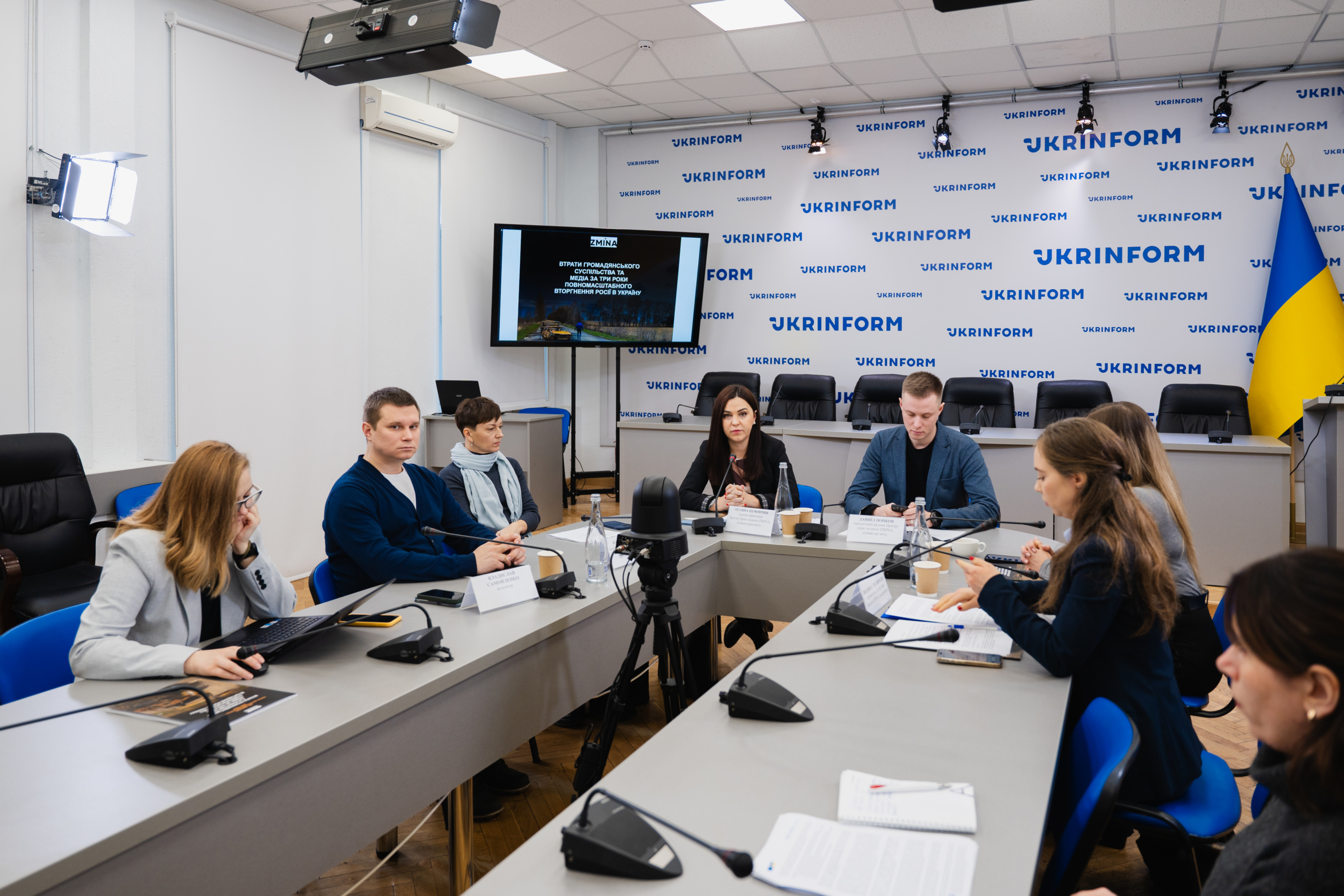
During the presentation of the report, an all-Ukrainian action was held to honour the deceased civil society activists and media representatives. At 11:00 a.m., more than ten news agencies, TV channels and websites from different regions of Ukraine went online with a 121-second video with the names of the deceased against the background of empty seats in the praesidiums and studios, symbolically reminding of the deceased who will never come to press conferences and studios again.
Before the start of the full-scale invasion, Russia compiled lists of Ukrainian citizens to be arrested or killed. These included politicians, civil servants, law enforcement officers, military personnel, as well as representatives of civil society, including human rights defenders, volunteers, activists and journalists.
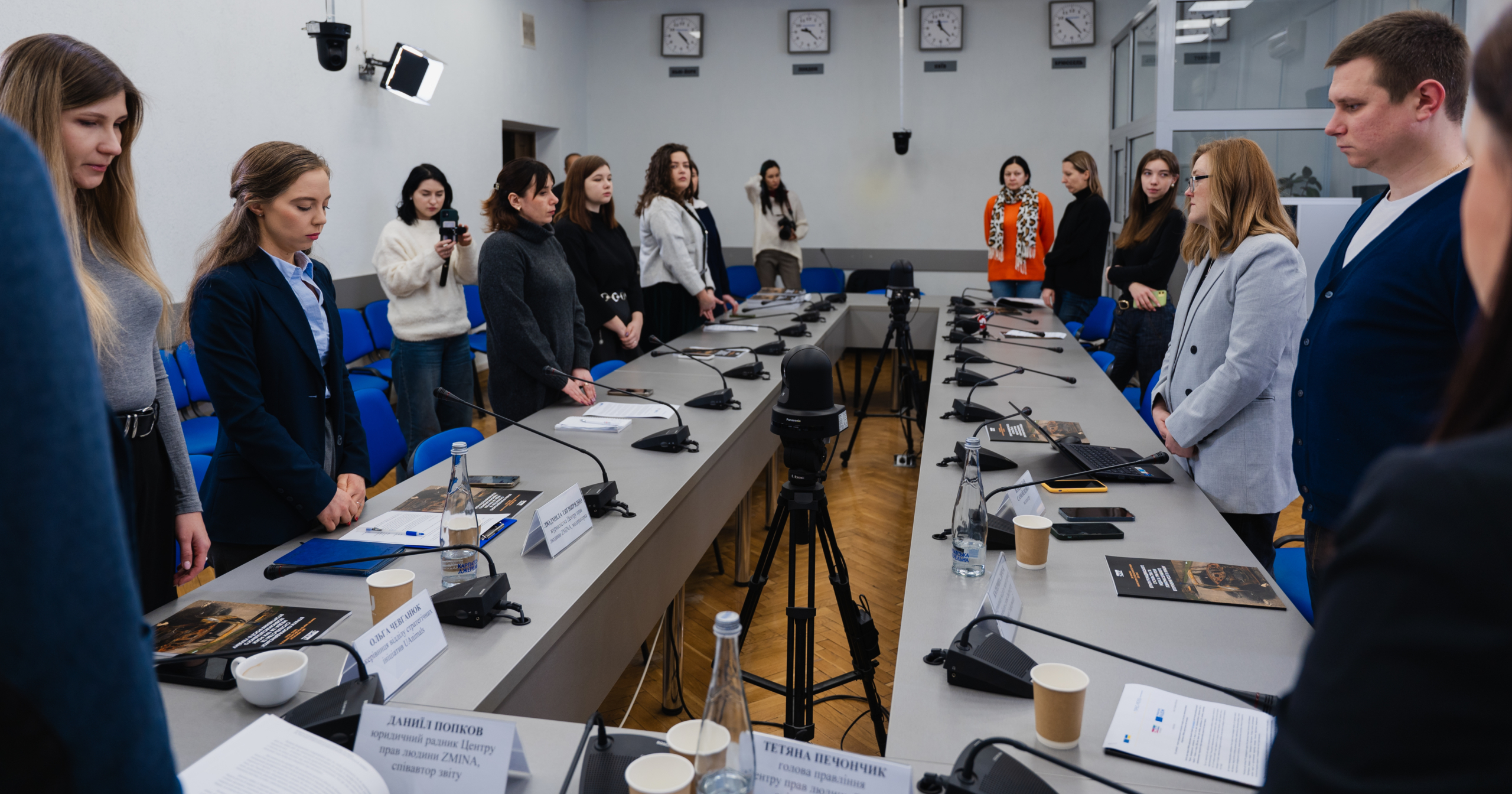
The implementation of this policy of the RF was confirmed immediately after the de-occupation of the first settlements of Kyiv, Chernihiv, Sumy, and later Kharkiv and Kherson regions. The Russian occupiers deliberately searched for people according to lists prepared in advance. Since civil society representatives work openly, the occupation forces easily found and identified them.
“After the de-occupation of the Ukrainian territories, the Ukrainian military and law enforcement officers found bodies of people with signs of torture or signs of unnatural death. Many people became victims of enforced disappearances, arbitrary detention and torture“, said Daniil Popkov, co-author of the report and Legal Adviser of the Human Rights Centre ZMINA.
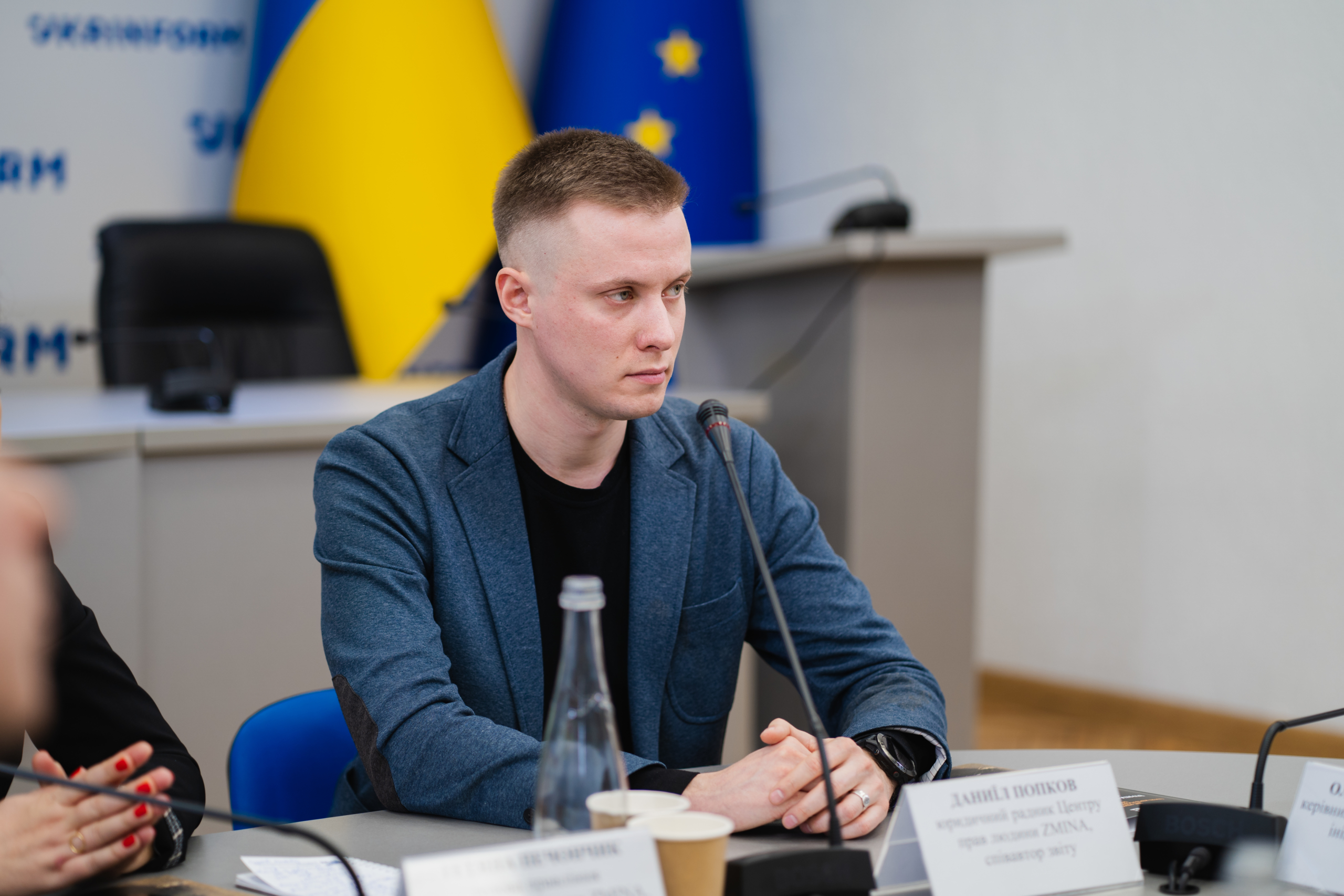
To collect and document the data, ZMINA used verified information from open sources, interviews with relatives, friends, colleagues of the deceased or witnesses to their deaths.
The organisation also worked with the Institute of Mass Information, which documents cases of killings and deaths of journalists, and the General Prosecutor’s Office, which coordinates and oversees investigations into criminal proceedings for violations of the laws and customs of war, including killings of civil society representatives.
It is worth noting that those cases of deaths of volunteers, activists and journalists that occurred during attacks on civilian objects or infrastructure took place in conditions where the strike was deliberately and without alternative directed at civilian objects. Thus, Russia has once again violated International Humanitarian Law.
Among the main reasons for the deaths of civil society representatives are:
- artillery shelling, missile attacks by the Russian army or the use of unmanned aerial vehicles (UAVs) against civilian objects;
- targeted shootings by the Russian military of humanitarian or evacuation vehicles and convoys;
- extrajudicial executions, torture and ill-treatment, and denial of medical care in places of illegal detention;
- being blown up by infantry and anti-tank mines during humanitarian missions, as well as being forced to drive a car into a mined area.
The information collected as of the end of 2024 shows that most civilian activists, journalists, and volunteers were killed in March 2022 in the regions where Ukrainians mounted fierce and organised resistance to the occupation — Kyiv, Kharkiv, Kherson, and Donetsk. It was in these regions that the largest battles took place and Russian troops were amassed.

“The losses of civil society during Russia’s attack on Ukraine have yet to be realised. After all, the war is ongoing and is leading to more deaths, and it can be difficult to obtain complete and verified data in the context of hostilities, especially when it comes to cases that occurred in the territories occupied by Russia. Some facts become known only after many months, some are still incomplete or inaccurate”, explains Tetiana Pechonchyk, co-author of the report and Head of the Board of the Human Rights Centre ZMINA. — “However, it is important to document here and now, because with time, painful memories of the events fade for relatives and witnesses, and sometimes they are blocked by the protective mechanisms of memory. We have prepared this report to honour the people who died defending the values of the free world in this terrible war, and we will continue to collect, document and detail these stories”.
According to the memorial report, 81 civil society and media representatives were killed in 2022, 19 in 2023, and 21 in 2024. Most activists and media workers were killed in Kyiv and Donetsk regions — 33 in each region, 24 in Kharkiv, 11 in Kherson, 7 in Luhansk, 4 in Chernihiv, 3 in Lviv, 2 in Zaporizhzhia and Mykolaiv, 1 in Russia, and the place of death of another activist is unknown.

The most common causes of civil society deaths in 2022, especially in the first months of the full-scale invasion, were related to attempts to leave the territories occupied by Russia, evacuate civilians or deliver humanitarian goods. Russian forces shot at single civilian cars and convoys of cars, deliberately directing drivers to minefields. Also, one of the most common causes of death during this period was the massive shelling by the Russian armed forces of populated areas, including government buildings, squares, residential areas, schools, and cultural centres, which often housed humanitarian and volunteer centres.
Some civilians in the occupied territories of Ukraine were killed by Russians because of their patriotic position or suspected disloyalty. Such killings were also accompanied by abductions, torture and arbitrary detention. It is important to note that the circumstances of the deaths in many cases remain unknown and must be further established by the investigation.
In 2023 and 2024, the number of killed volunteers, activists and journalists decreased. While in 2022, we can talk about some deaths from indiscriminate shelling, the next two years are almost entirely characterised by deliberate actions of the Russian Armed Forces aimed at killing civil society representatives.

The reduction in the number of deaths can also be explained by the liberation of a large part of Ukraine’s territory from the Russian army, the increased potential of Ukrainian air defence, and the reduction in Russia’s stockpile of long-range missiles.
Some cases of killings of civil society representatives by Russian troops in the still-occupied territories of Ukraine may remain unknown due to the occupying power’s increased information isolation and suppression of dissent through increased disinformation and repression.
ZMINA, together with its partners, continues to document cases of deaths of civil society and media representatives in order to honour the memory of the victims and bring the perpetrators to justice.
The memorial report in memory of the victims of Russian aggression “Losses of Civil Society and Media Over Three Years of Russia’s Full- Scale Invasion of Ukraine” was prepared by Human Rights Centre ZMINA with the financial support of the European Union in Ukraine.
The text of the memorial report in Ukrainian is available here.
If you have found a spelling error, please, notify us by selecting that text and pressing Ctrl+Enter.



